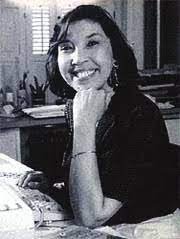Week 4 Syllabus: January 29
WHAT IS THE PURPOSE OF MYTHOLOGY? HOW DO MYTHS and Joseph Campbell’s “monomyth” help us better understand our place in the world, and our role and purpose in life? We will transition from Haroun by looking at one of the 1,001 (Arabian) Nights, the tale of Sindbad the Sailor. We’ll also briefly examine the story of Perseus, who defeats Medusa and obtains the golden fleece. Finally, we will officially start reading Homer’s Odyssey this week. Make sure you have the Essential Odyssey, translated by Stanley Lombardo, for class on Friday.
TUESDAY, January 30
Silent, sustained reading.
Lecture on organizing your paragraphs on Haroun & Sea of Stories
Careful re-reading of Sindbad for Campbell’s hero journey.
While reviewing Sindbad, Ms. T. will be meeting individually with students to discuss their Haroun paragraphs.
HW: Revise your two paragraphs, making sure you use the argumentative structure we’ve studied. Also, make sure your annotations of Haroun are finished. I will collect books on Friday.
WEDNESAY, January 30
No SSR today.
Working on a quote assignment, selecting quotes from the Sindbad reading that answer questions about Campbell’s monomyth. Due by end of class.
HW: Finish revising your Haroun paragraphs, and get them (re)posted to Canvas as soon as they’re finished.
FRIDAY, January 26
Self-assessment of your annotations, and then collecting books (Haroun).
Revisiting the spreadsheet on independent reading.
Silent, sustained reading.
Lecture on reading Homer’s Odyssey, and key terms you’ll need to know for annotation.
HW: Reading book one of the Lombardo translation of Homer’s Odyssey.





